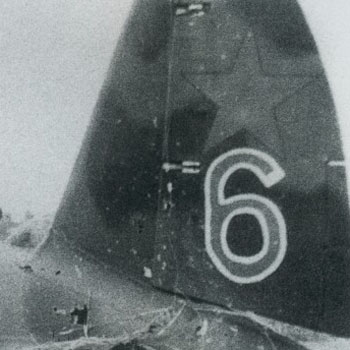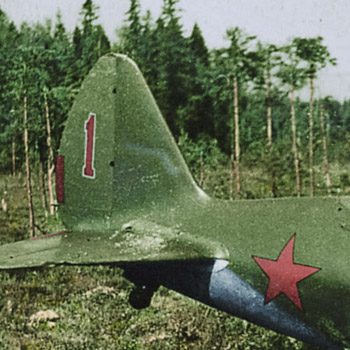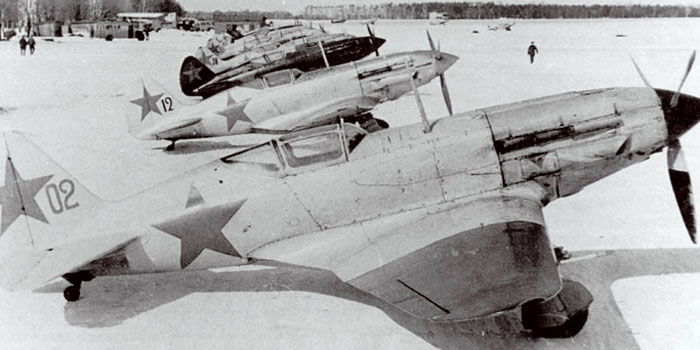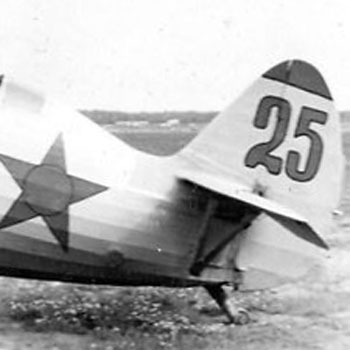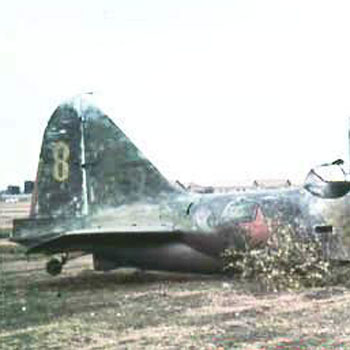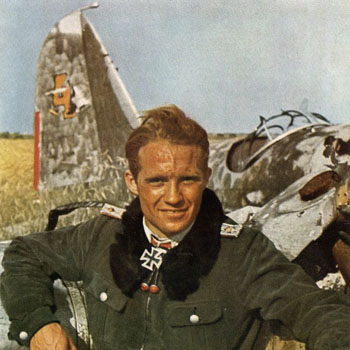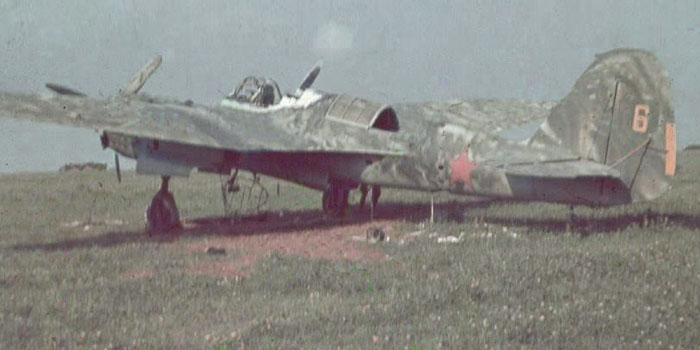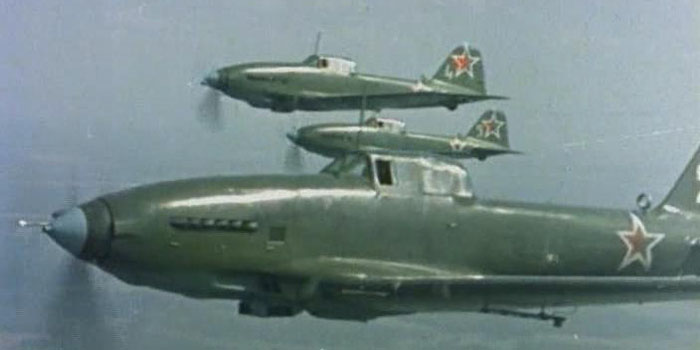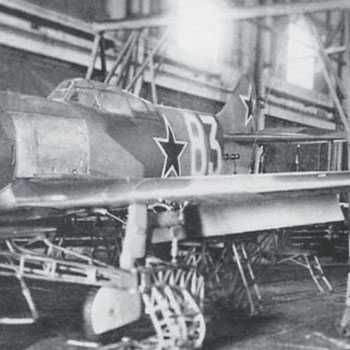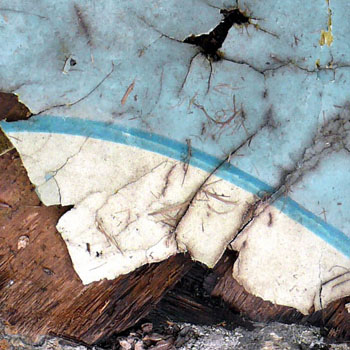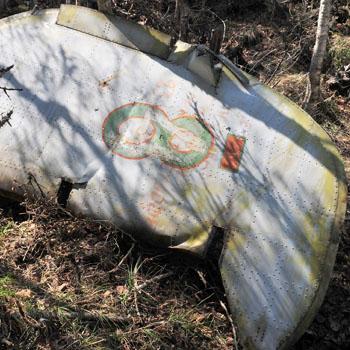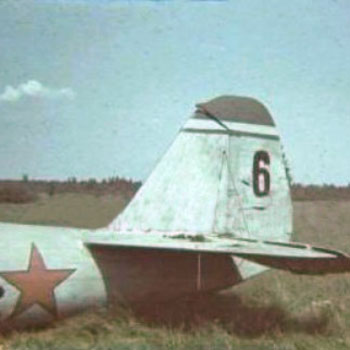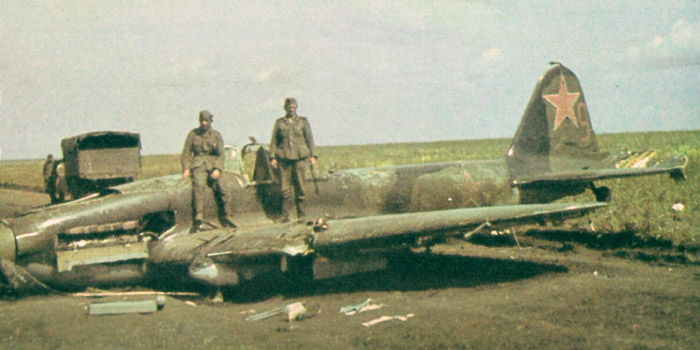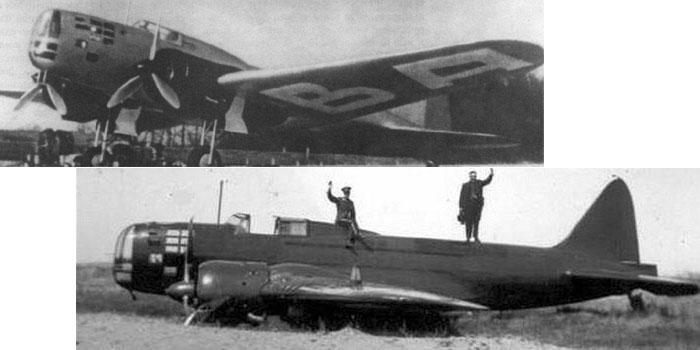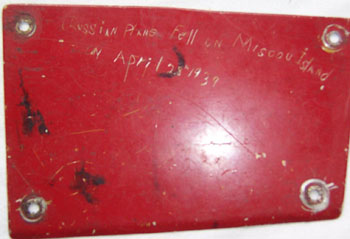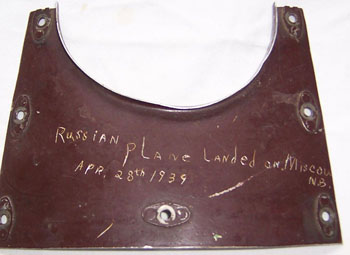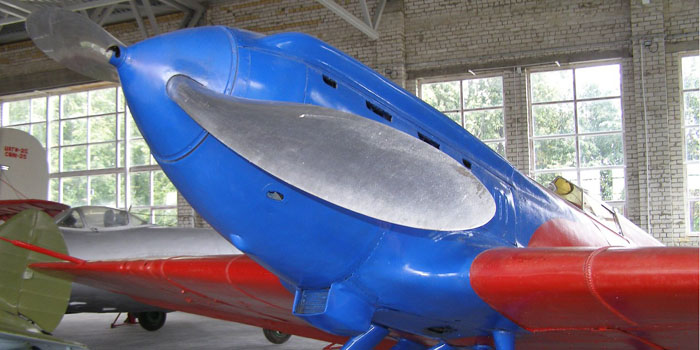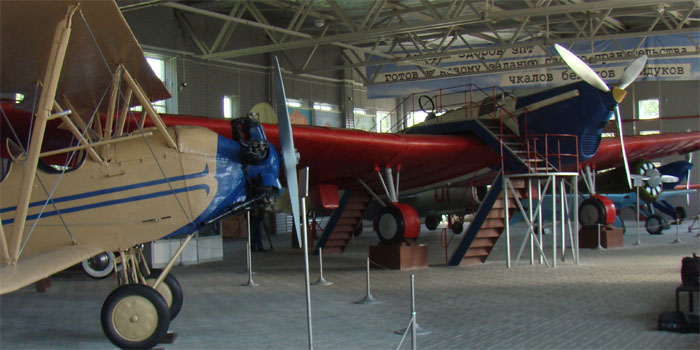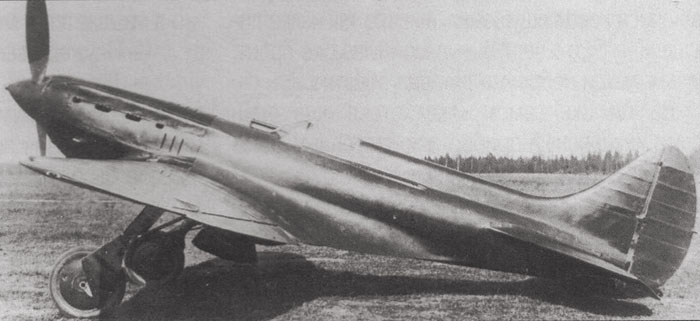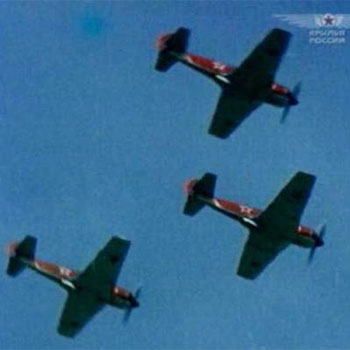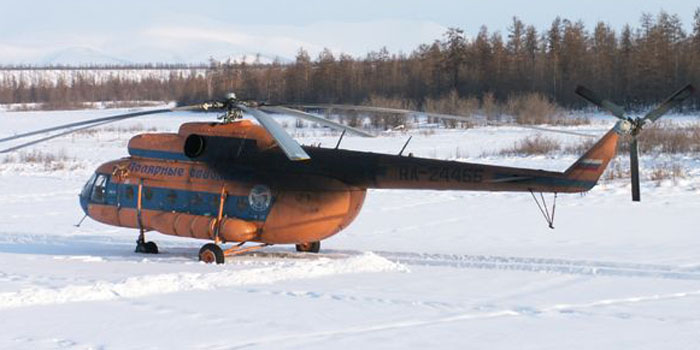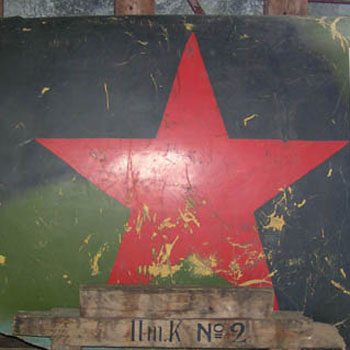
Plain red stars:
Glossy red stars were widely utilized starting form summer 1941 to summer 1943.
They were also utilized on some types during 20's and 30's, an age when the national marks weren't strictly standardized.
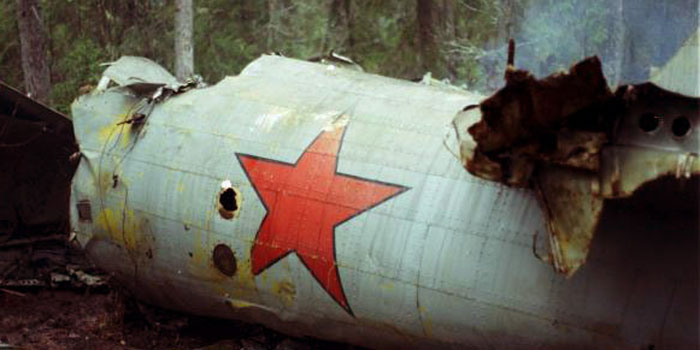
Red stars with thin black outline
Red stars with thin black outlines were utilized on many types before the war outbreak, and sometimes in 1941-43 too, partly depending on the factory that produced the plane.
Both the red and the black were gloss.
On metal-skinned plane, red A-13 and black A-12 were utilized, while nitro paints (AII red and black) were utilized on fabric-skinned and wooden surfaces.
In close photos, the outline appears darker than the AMT-6 black utilized for camouflage.
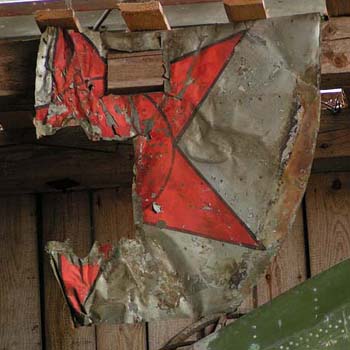
Red stars with thin black outline and circle
They were utilized on some types on the late '30s and 1940: I-15bis, I-153, DI-6, UT-1... It was still preserved on many old planes at the war outbreak.
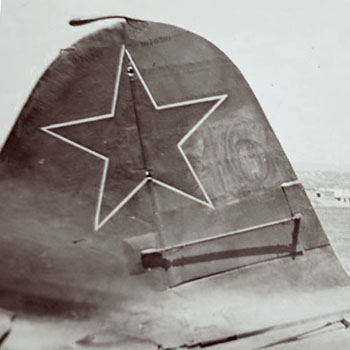
Red star with thin white outline: it was a factory mark of Zavod 18 built Il-2s from fall 1941 to August 1943.
Seldom seen on other types as a field repainting.
Not to be confused with the red star with thick white and thin red outline introduced in August 1943.
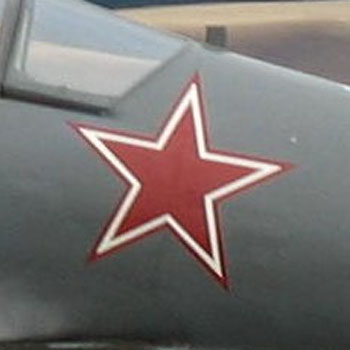
Red star with thick white outline and thin red outline
This style was introduced in August 1943 and it has been utilized up to recent days. The white outline was 5 cm thick, the red outer one 1 cm thick.
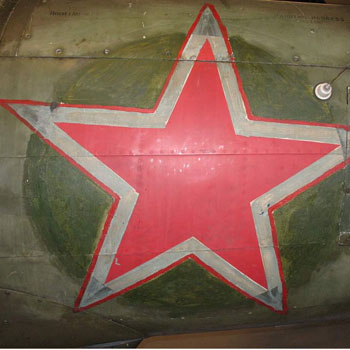
Red star with thick aluminium outline and thin red outline
Aluminium paint was sometimes utilized instead of white.
The photo represents an insignia on the fuselage of a P-39 preserved in Tikkanoski museum in Finland. In this case, the outline was brush painted with a poorly mixed aluminium paint.
Red stars with yellow outlines can be found on many old profiles and decals sheets, but there is not any proof of their use on real planes of the Second world war.
Photos with outlines darker than pure white could more likely be interpreted as silver (this case is often recognizable for the directionality of reflection) or with aged or dirty white paint.
Image courtesy: Jan Vihonen
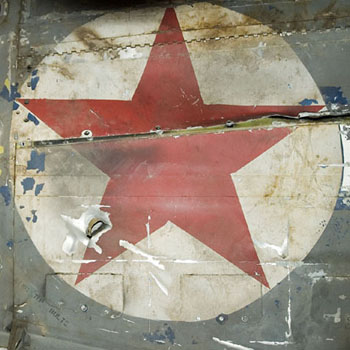
Red star over white circle
This mark was painted by US on the most part of the planes that they delivered to Soviets. It could be painted on factory new planes, or overposed to previous US marks.
The white disks were not welcome by Soviets, that often repainted them with green or other colours as from the photo above.
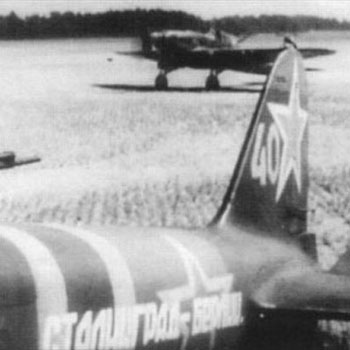
Red star with yellow outline?
Red stars with yellow outlines can be found on many old profiles and decals sheets, but in recent times their use on real planes of the Second world war was put into doubt.
Photos with outlines darker than pure white could be interpreted as silver (this case is often recognizable for the directionality of reflection) or with aged or dirty white paint.
But let's see the rear fuselage and tail of plane n.40 in 1945, just after the war's end.
The identification bands on fuselage are known to be yellow, and so probably the number. The slogan is clean white. It contrasts over the outline of the star on the fuselage, that could be yellow.
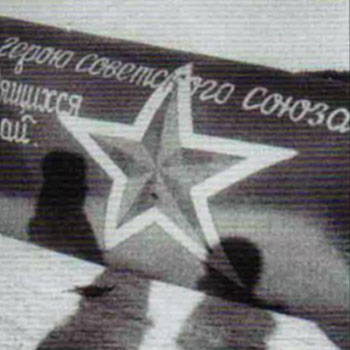

Kremlin star
As an individual variation, five dark red or black triangles were overpainted on a standard national insignia to give a shadow effect.
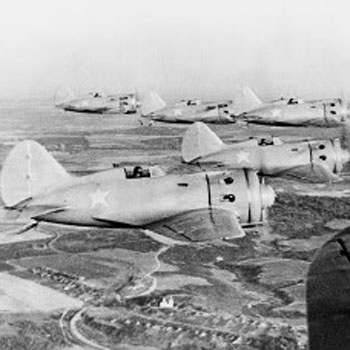
Aluminium star
Occasionally, light stars can be seen on the overall red I-16 of an aerobatic team and on some prototypes of Polikarpov that are believed to be painted red.
Many of these stars seem painted with aluminium paint because of the directionality of reflection.
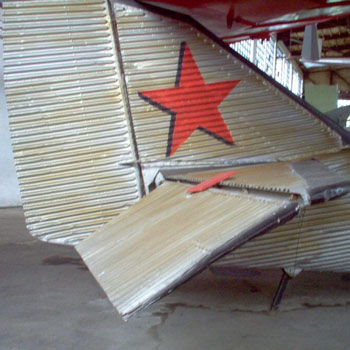
Prewar national marks were not strictly standardized. Here we see the tail of a preserved plane.
During the civil war around 1920s the Bolshevik planes utilized black stars too to reduce the evidence of the plane.

